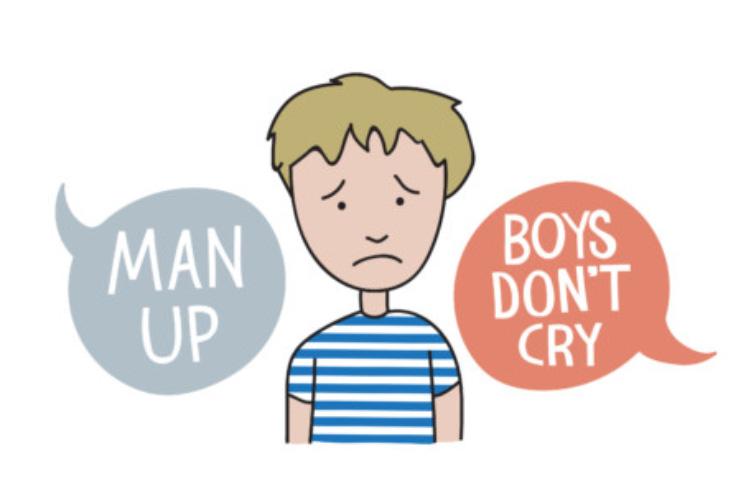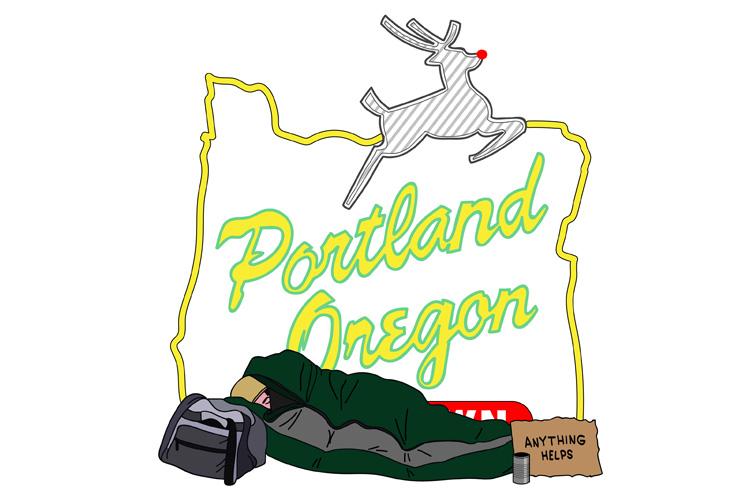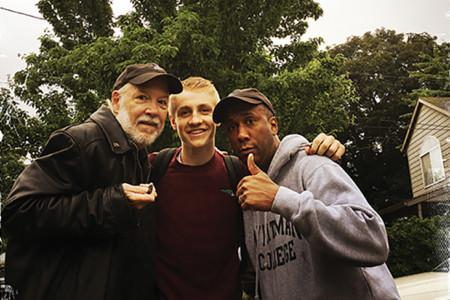
BLU: Im Blu Midyett
FINN: And I’m Finn Hawley-Blue
BLU: This is a Grant Magazine podcast.
[music break]
BLU: So it was on my commute home. I got off the bus, it was cold, it was raining, the wind was blowing and I started to walk up this hill through the slush. I reached a tree where water had been dribbling off the branches all day. My heart was racing in fear as I looked down into the snow and saw them … hundreds and hundreds of tiny holes …
FINN: Wait holes?
BLU: Yes yes, they everywhere on the ground. Almost every inch of the snow.
FINN: But why were you afraid?
BLU: Oh, I have trypophobia. The fear of holes
[Music Pause]
BLU: Moving through your day, you may encounter an array of things make you uncomfortable. The packed elevator ride on your morning commute, a person chewing gum just loud enough for you to hear it or looking down on the city streets from a tall building. But for some, a simple fear can grow into something much more odd. Today, we are going to talk about little things in life that make your hair stand up and your stomach clinch. The phobias that many people go a lifetime without understanding.
MS.MURRAY: It’s just really uncomfortable. It like makes me sorta clinch up and makes it hard to breath
IZZIE: It bothers me, it makes my skin crawl
BLU: From stickers to small holes, we’ll break down the psychology behind why we have these phobias and confront the very fear we seek to avoid.
BLU: Oh my god, I can not look at it
DR.RICHARDS: … you name it, if it’s anxiety we probably treat it.
BLU: Oh this is
DR. RICHARDS: Dr.Jason Guy Richards and I’m an anxiety specialist
BLU: Dr. Richards helps people get over their phobias, and he’s going to help me understand what exactly a phobia is.
DR. RICHARDS: Anxiety disorders function off of two mechanisms and they are escape and avoidance behaviors. Now what I mean by that is that someone may have an uncomfortable experience with something let’s say bee’s for example and as a result of that they kind of strum up a lot of catastrophic thinking about the bee’s on top having a kind of panic attack and now through the process of avoiding coming into contact with bee’s because of how unpleasant it was, their system – specifically the amygdala – learns or I guess relearns because bee’s are a natural phobia, relearns that they are indeed dangerous and to be avoided in order for the person to survive.
BLU: Most of the phobias we have are naturally occurring, meaning that they have been coded into our brains through eons of evolution. Ancestors falling from trees, getting stuck in caves or dying from snake bites have taught us to be afraid of things that can hurt us. But in today’s world our brains can get a little carried with it.
MS.MURRAY: I’ve had to cope with it because I do
have to peel stickers off of fruit, I just hate it.
BLU: This is Jessica Murray, the activities director here at Grant High School.
BLU: What is the phobia you have?
MS.MURRAY: It is the pitakophobia, the fear of stickers
BLU: When did you first notice that you had this phobia?
MS.MURRAY: I honestly don’t even know. It’s something I’ve always sort of felt. And I’ve never liked stickers or like labels on fruit that you have to peel off, I hate those when things are coming up.
BLU: Really?
MS.MURRAY: Yeah, always like I remember even as I kid I was not into stickers. And the worst by far, by far are stickers or tape on skin.
BLU: For Ms.Murray, the fear of stickers is real, she says her heart starts to race, and her mind goes into a frenzy when she sees them.
MS.MURRAY: Like when people put stickers on their face, I can’t handle that. Or when we go through the grocery store line and they always wanna give a sticker to my son and he puts it on and it’s peeling off or
BLU: You’re done then
MS.MURRAY: Yeah, I have a really hard time.
BLU: So stickers aren’t putting anybody in harm’s way. It doesn’t add up like heights or snakes do. There is no danger present, but they still cause this extreme discomfort.Why?
DR.RICHARDS: So the example with the teacher, she probably has a kinda tactile sensory aversion to things like stickers, she probably doesn’t put them on her own skin either. Since she had an uncomfortable experience, or is having uncomfortable experiences with things on her skin she see’s it on somebody else’s skin she gets that same kind of discomfort. Now, discomfort can be read as danger as far as the body is concerned so nausea, vomiting, tactile sensory things, sticky stuff on the skin can be a sign of a toxin being on you and so she has this experience and then through this process that I talked about earlier, this kind of escape and avoidance, in other words she see’s a sticker on somebody’s skin, it gives her that icky feeling and then she looks away from it, thus breaking contact with the stimuli that is causing the aversive sensation. The system reads that the same way as a bee in a room and you run from it for instance. If you react in a way that would indicate that it’s dangerous, icky, or uncomfortable the system then codes for that to be kind of similiar to a phobia.
BLU: I guess that makes sense. We are responsible for our unreasonable fears. But Ms.Murray is not alone. I recently put up a Facebook post asking others to share their phobias with me, I wasn’t sure what I’d get back, but I definitely didn’t expect
FINN: Cotton balls, bones, the ocean, crows, veins, throwing up, bugs,
BLU: Wind turbines, sunken ships, waves, thunderstorms, seaweed, elevators, medieval art.
IZZIE: From especially like Byzantine art and like a lot of religious art just how it looks really bothers me and makes my skin crawl and I can’t look at it.
FINN: Medieval art?
IZZIE: I’m Izzie Valle, and my phobia is medieval art.
BLU: Izzie is a senior at Grant
BLU: Can you give me a little more context to that?
IZZIE: Um I was thinking about this earlier and I think the reason why is because my mom had this box that she used for art and it had a picture of like jesus on it. And I don’t know, I was really young, I think I was about 8 or 9 years old and like the eyes really just got to me and it was really creeping me out and I would just imagine it like staring at me from wherever it was. So one night, while she was asleep, I took a green marker and a green crayon and scratched the face out because it creeped me out so much and my mom yelled at me a lot she was very mad and I think that’s what it stemmed from.
BLU: At first a phobia of medieval art didn’t make any sense to me, I honestly thought it was a joke, but after talking to Izzie I started to understand. When she was child, the creepy painting on her mother’s art box shaped her view of all art that resembled that painting and her mother’s anger even further instilled that as a negative memory. So everytime she saw something that reminded her of that painting, she looked away, each time re emphasizing the fear response. In essence, almost anything can act like a phobia if it is associated with a negative feeling, even a line on a piece of paper.
DR.RICHARDS: Another kind of off example would be a squiggly line being a conditioned phobia response because it looks an awful lot like a snake. There is a lot of research around the naturally occurring phobia of snakes and the fact that we can have a phobia response to a squiggly line given the right situation in a scientific research project, seems to indicate that it’s closely related to the shape of a snake to cause a phobia response. And through escape and avoidance behavior, squiggly line moth what have you, becomes a phobia stimuli.
BLU: Hearing his explanation made me more comfortable with facing my fear of holes. It’s ridiculous, but could there be a deeper meaning to it?
DR.RICHARDS: Holes actually make sense to me even on a primal level because the things that tend to come out of holes, be the in the ground or out of somebodies skin are typically parasites or stinging insects, serpents, snakes, etc. Most of the stuff that crawls out of the ground for us is a little bit aversive so it kind of makes some sense on a lot levels.
BLU: It seems like almost any fear can be traced back to some evolutionary symptom or a traumatic childhood event. But to get over them, you’re going to have to deal with it head on.
DR.RICHARDS: So if you can spend enough time to enough to habituate to it is what we call it. Basically, you’re in it’s presence, it’s making you anxious, and then your system starts to pick up on the fact that those holes aren’t filled with bees or wasps or serpents and it starts to shut down naturally because it’s like ‘well nothing’s happening here’. If you do that long enough, and you get to the point where you’re not feeling anxious or uncomfortable or at least not very anxious or uncomfortable, you’ve had what we call a successful exposure session. If you do that repetitiously overtime, you should get over, based on the mechanisms of anxiety as we know them, get better.
BLU: But I’ve never looked at these holes for more than five seconds.
DR.RICHARDS: Our rates are over about about 90% here, industry standard for exposure therapy with phobias is give or take about 80%.
FINN: Let’s try two seconds
BLU: Two seconds?
FINN: Count it out.
BLU: I don’t know I feel like this is quicker than the way DR.Richards does it. He says it usually takes six sessions to work up to the final.
FINN: We’ve done this in five minutes
BLU: [cutting Finn off] We’ve done this in five minutes. This, this is not a responsible way to get over my phobia. What if it makes me worse?
BLU: After Finn had shown me a series pictures of small clustered holes, one of them being the inside of a lotus flower, I took about another minute waiting, nervous, my palms sweating for the final photo: a picture of a person holding out their hands covered in dark oddly shaped holes. For me, terror in its realest form.
BLU: Should I do it quick? One, two ahh that’s all I can do right now
FINN: Well are you cured?
BLU: No, I’m not cured this is going to take a long time
BLU: I tried showing the picture to Finn because I wanted to see how he would react.
FINN: Okay, I have it up right now.
BLU: You’re looking at it?
FINN: I’m looking at it.
BLU: Wow, okay … So it’s weird.
FINN: It’s weird, it’s gross but … I can handle it
BLU: Although, my first attempt exposure therapy ended poorly, I still have hope. Dr.Richards says he’s recovered from one of his own fears in a similar way.
DR.RICHARDS: I had a really bad experience in a haunted house. I was overwhelmed with fear because one, I knew the person who was playing the role as a chainsaw murderer and it was somebody who was much older than me and had bullied me. So here I am coming out of a small tunnel and there’s that guy and he’s got a chainsaw and there’s strobe lights going off and they’ve been spraying me with fake blood so I got overwhelmed and I didn’t want to go forward. And so my friends had to kind of push me through, it was sort of that dude thing like “dude come on go go go” so I went. And I realized that I really didn’t like feeling that way. At the core it bothered me that it generated hesitation
FINN: But everyone’s afraid of haunted houses …. That’s what they’re made for.
BLU: Yes that’s true, but the way he handled that fear is what sets it apart.
DR.RICHARDS: What I started doing from that point on, was hitting every haunted house within a driveable distance. I would hit upwards of 13-14 a year, a season and I continued to do that up until maybe two years ago. So we’re talking about until around age 15 when I got my driver’s license to around age 41, 42, I was still doing that.
BLU: He turned his fear into a passion and I mean passion. Dr. Richards knows everything you can know about haunted houses.
DR.RICHARDS: How did they do the props, what were the costumes, what did they use for fake blood is it the standard issue stuff that they use in the B-grade movies or did they go to a level higher or get something that looks real.
BLU: Izzie hopes that she can do the same with her own fear.
BLU: Do you go to art museums still?
IZZIE: Yeah I do, I try to not let it dictate my life because it’s such an irrational fear and I’m very intent on like getting over it because I know how dumb it is and I do believe that it’s beautiful and like it probably took a lot of work, obviously, to do it. I have to conquer it, and everyone tells me that it’s stupid so. And the ridicule, I think I just have to force myself to look at it. So sometimes when I’m in the mood I just look it up and like keep looking at it to see if I can get over it.
BLU: For Izzie, getting over her phobia is more than just a way to prove her friends wrong, it’s a necessity for her future aspirations.
IZZIE: Art history is like one of my biggest interests in terms of academics. I love learning about artists from different time periods and different genres especially how they reflect what was happening when that artists was alive and where it comes from historically, culturally
BLU: So if you get over this phobia do you think you’ll go on to love medieval art?
IZZIE: Yeah, I certainly hope so cause like I do, I’m trying to appreciate it, I hope so because it’s a really big part area in history that’s kind of hard to ignore so hopefully when I get over it, I’ll get to appreciate all aspects of art history.
BLU: According to Dr.Richards, Izzie would not be in the rarity if that happened. He points to the fact excitement and fear are often switched once you get over the initial shock. This can frequently turn someone’s phobia into a fascination.
BLU: So do you ever see like, kind what happened to you, where you had this phobia and then you turned it into kind of this obsession, this this you know love for haunted houses. Do you, do you see phobias sometimes flip on their head and become major interests for these people?
DR.RICHARDS: We do and relatively frequently. Not in every case, but frequently enough for it to be interesting. I have people with fear of heights maybe they eventually end up skydiving and maybe they really really like and so they keep doing it. There have been people who go to the humane society to get over fears of dogs or other animals and end up returning to volunteer because they find it really rewarding and exciting to work with those animals. Through that process they may end up being excited by it versus afraid of it. Now those two responses, physiologically are almost identical, fear versus excitement. It’s the response to it which changes over time.
BLU: So we create most of our fears, we perpetuate them, we control them. It may seem trivial to worry some benign fear, but those same laws apply to all of our fears and struggles. Asking out the person of your dreams, meeting new people, taking up a new career, speaking up for yourself. All of these things could be hiding under a veil of discomfort and anxiety that you’ve created for yourself and we can’t hide from them forever, it’ll only make it worse. I don’t know if I’ll ever learn to love small holes, but I know that when I’m afraid of something I’m not gonna run away anymore, I’m gonna face it head on no matter what and, I hope you do the same.

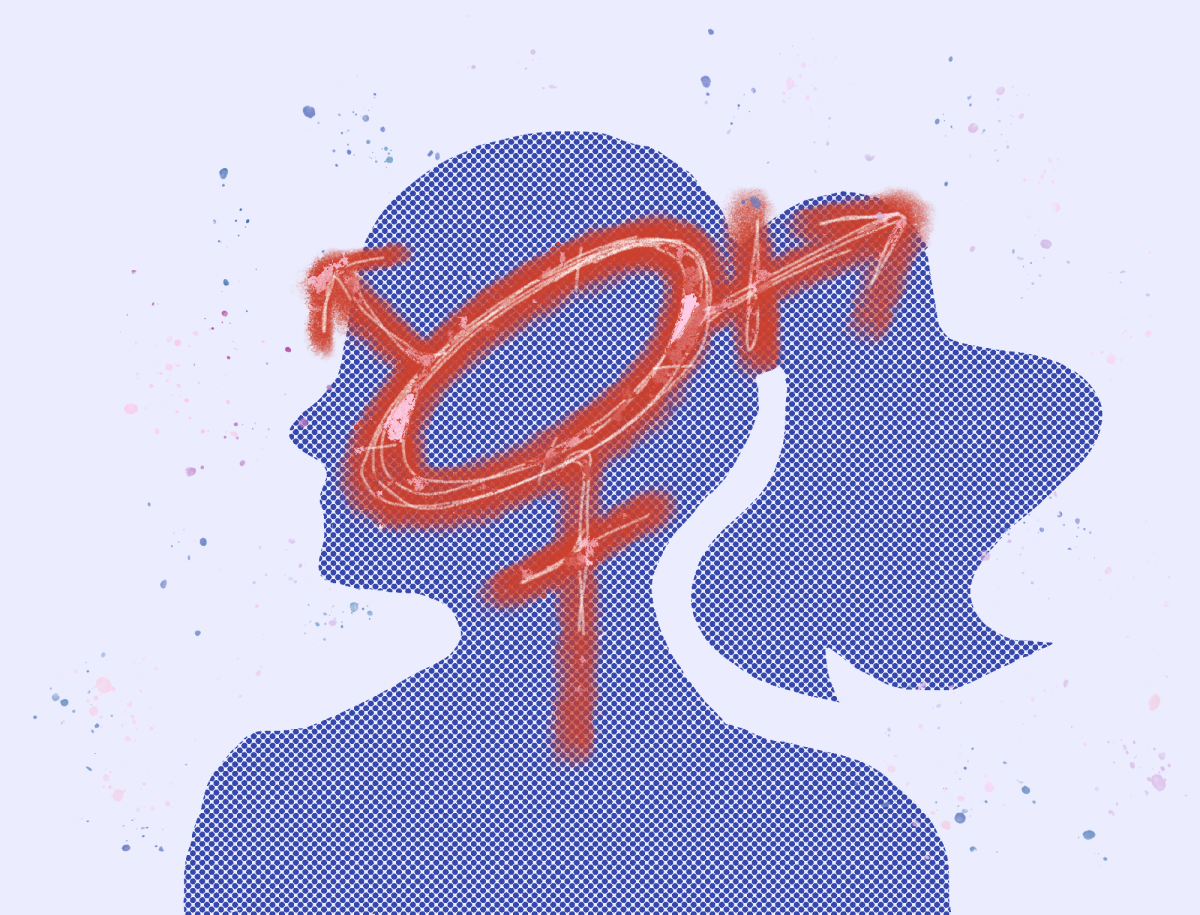


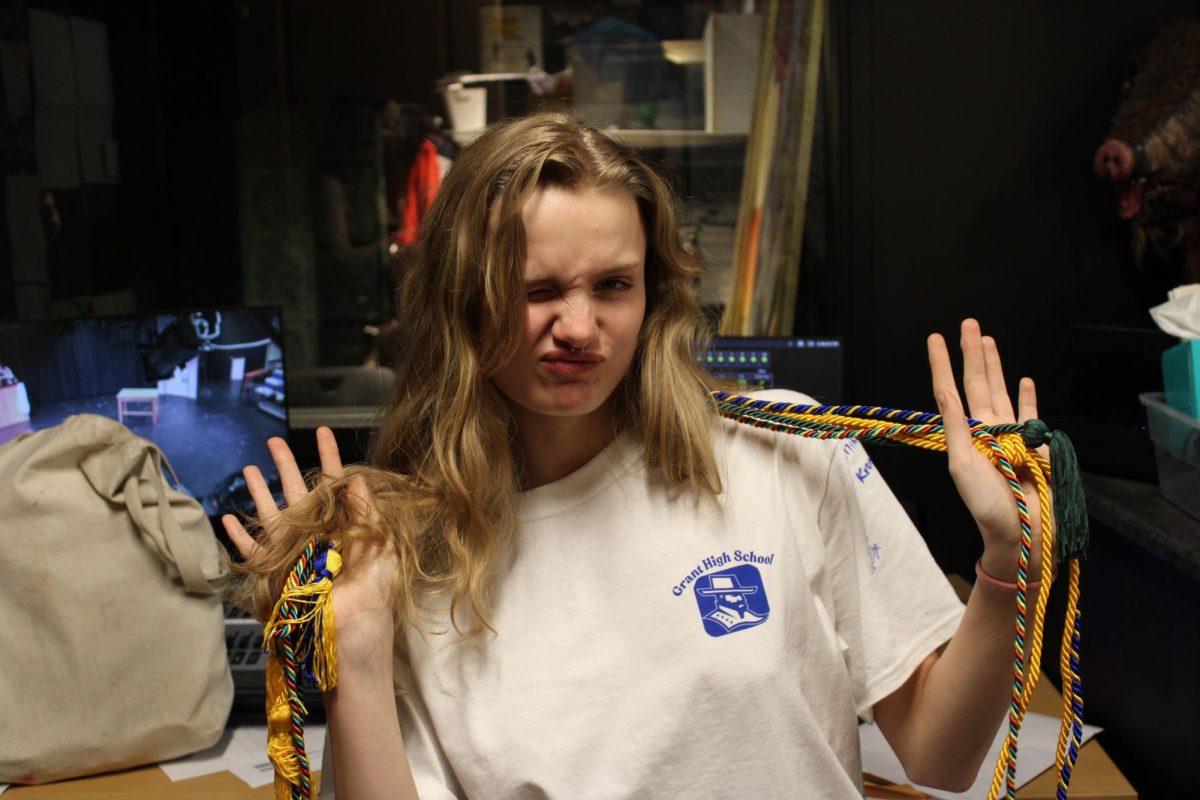

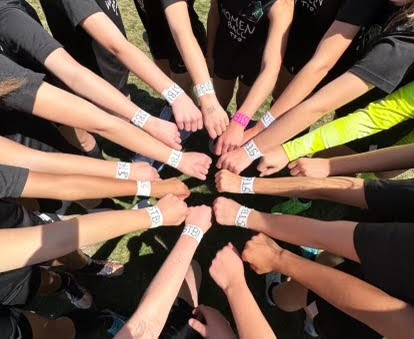




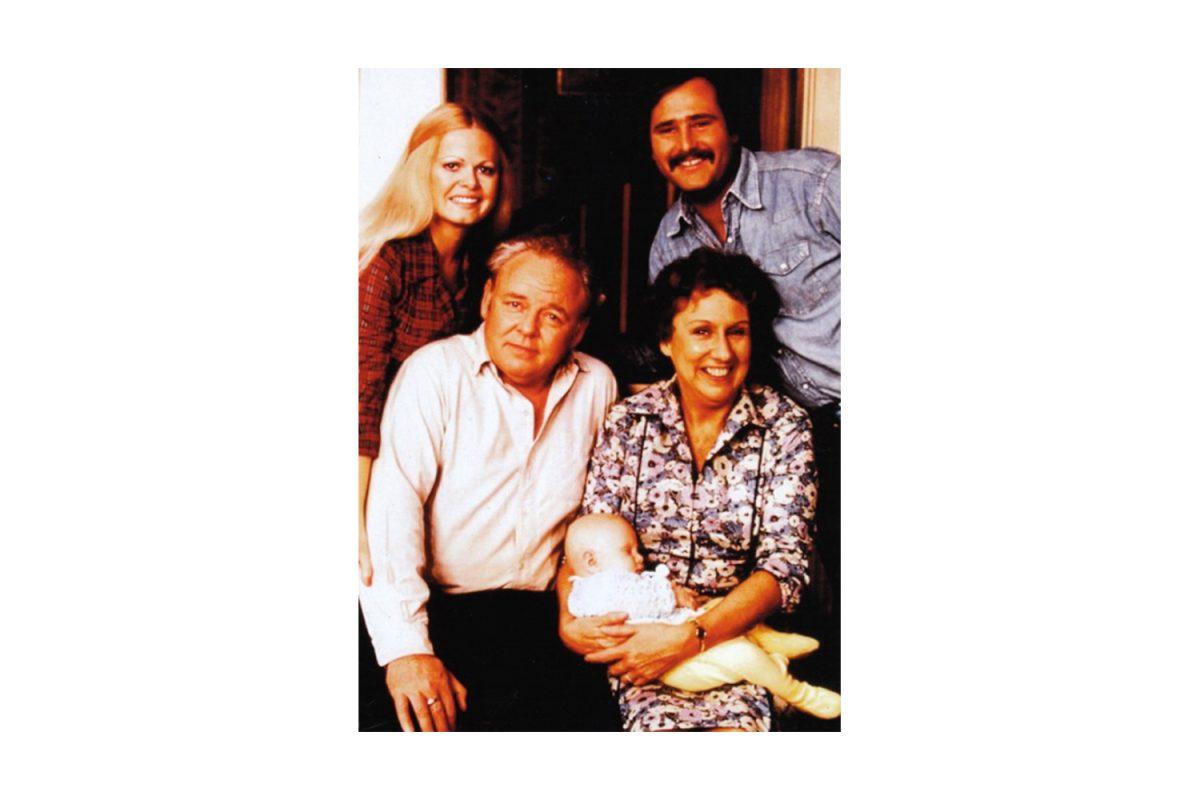

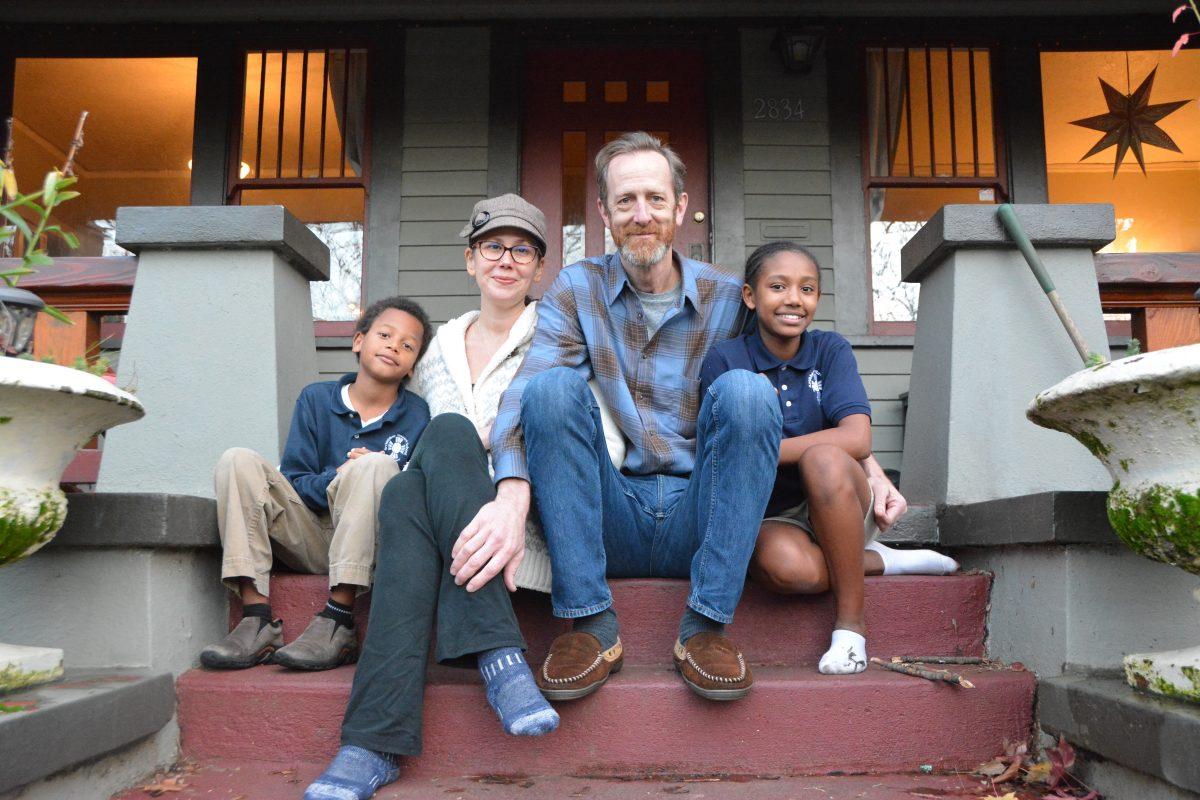


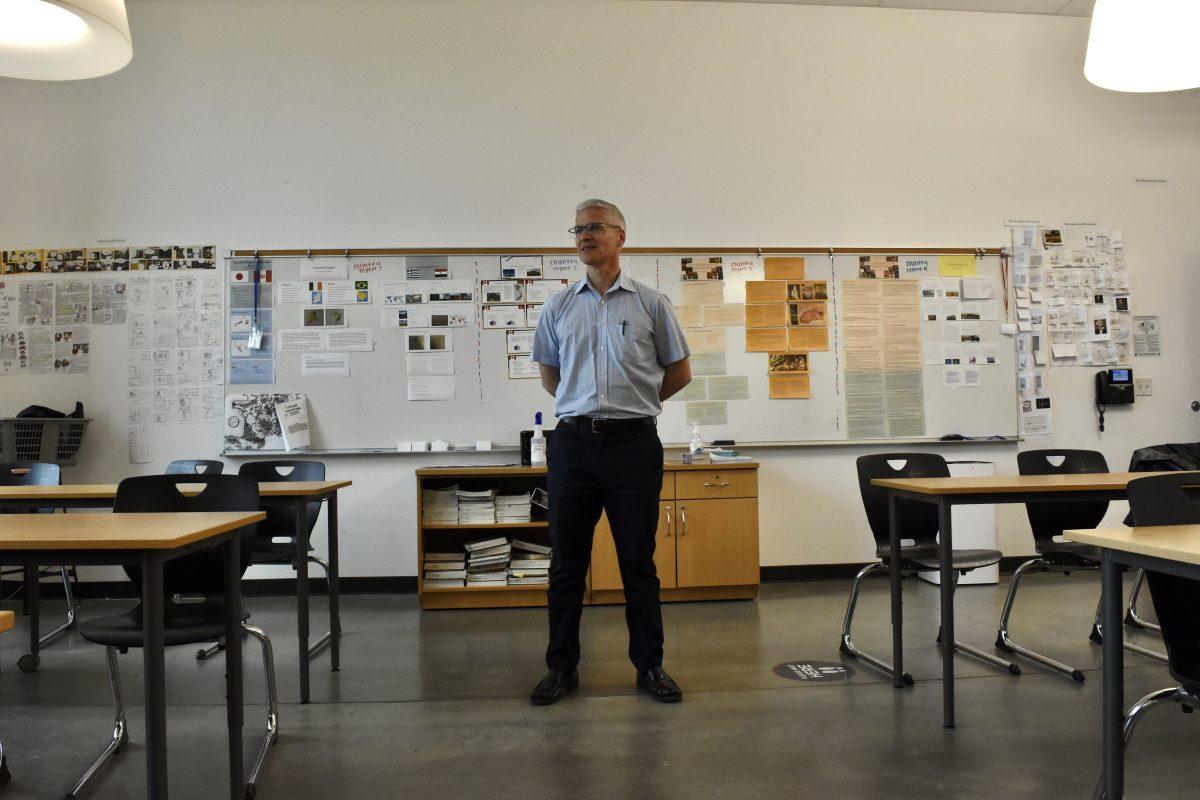

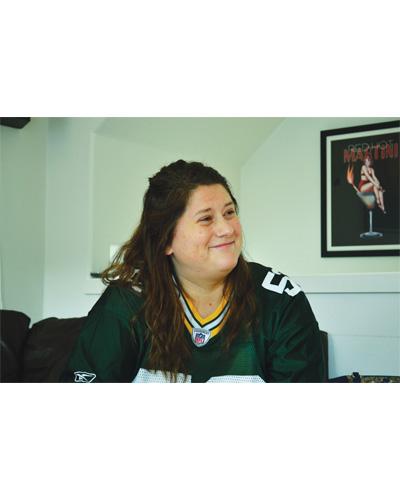
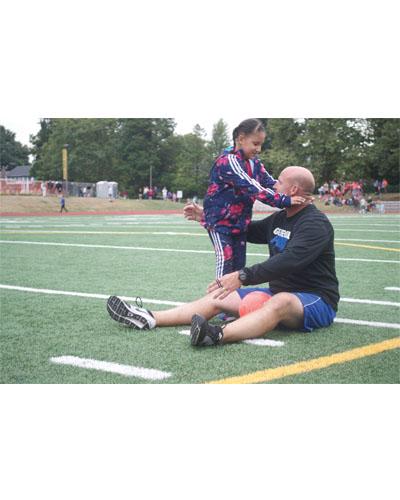


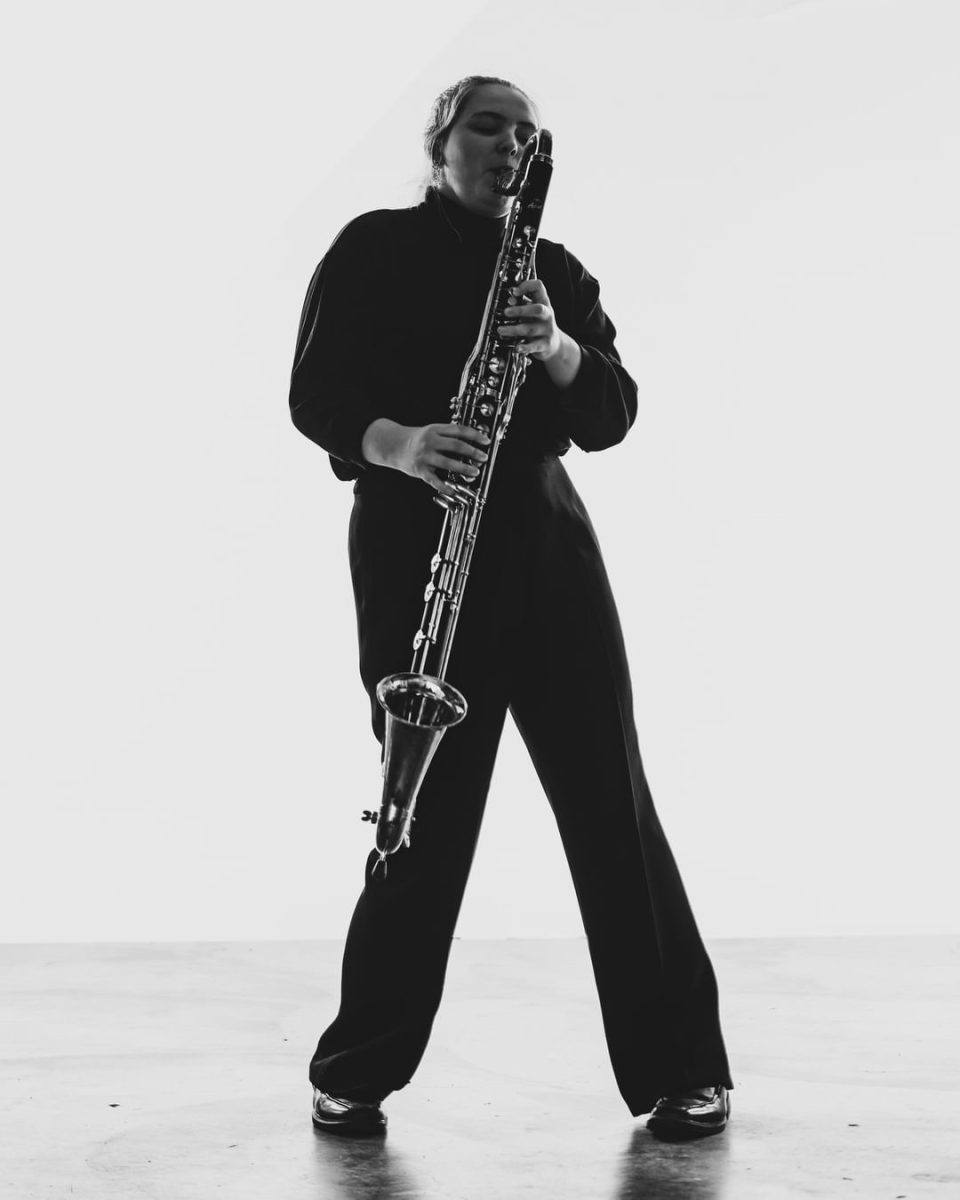

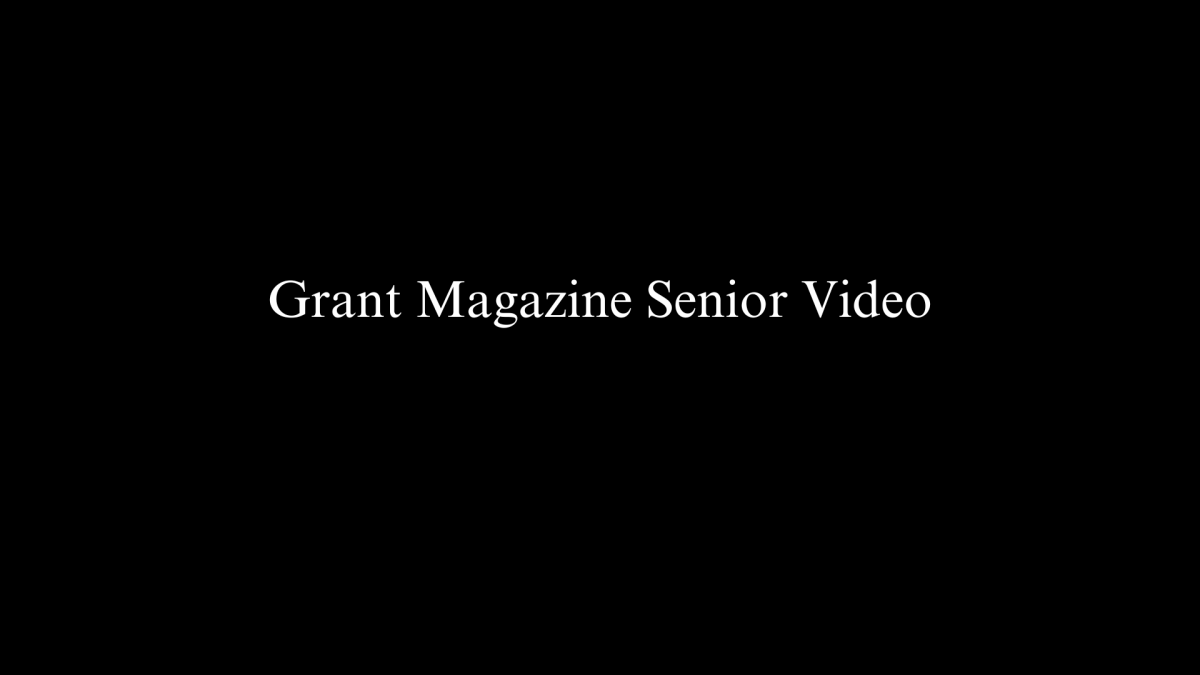

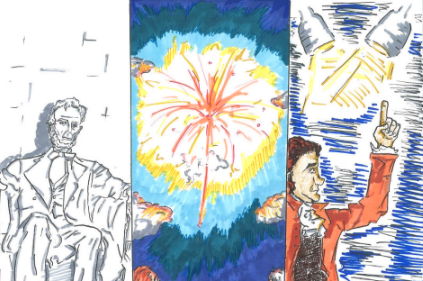
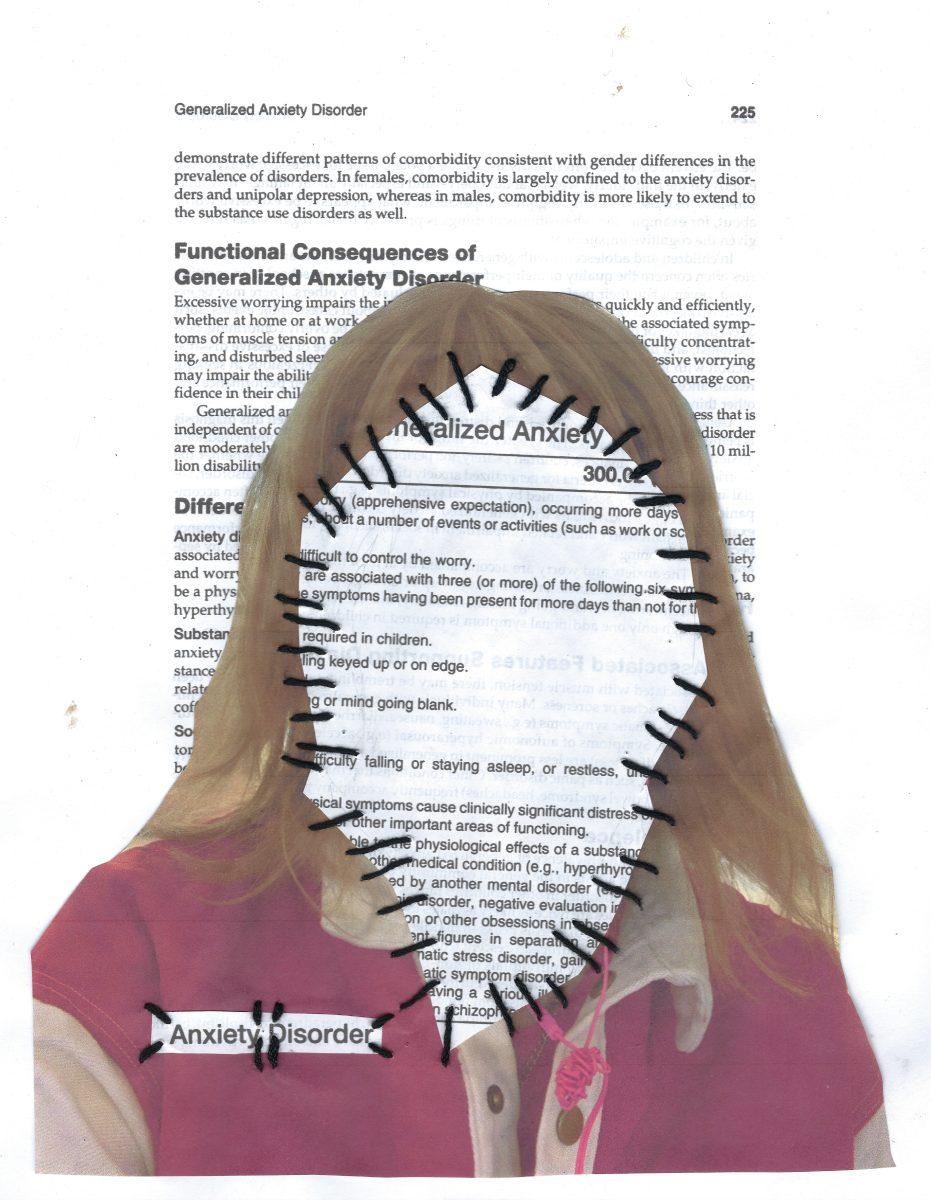




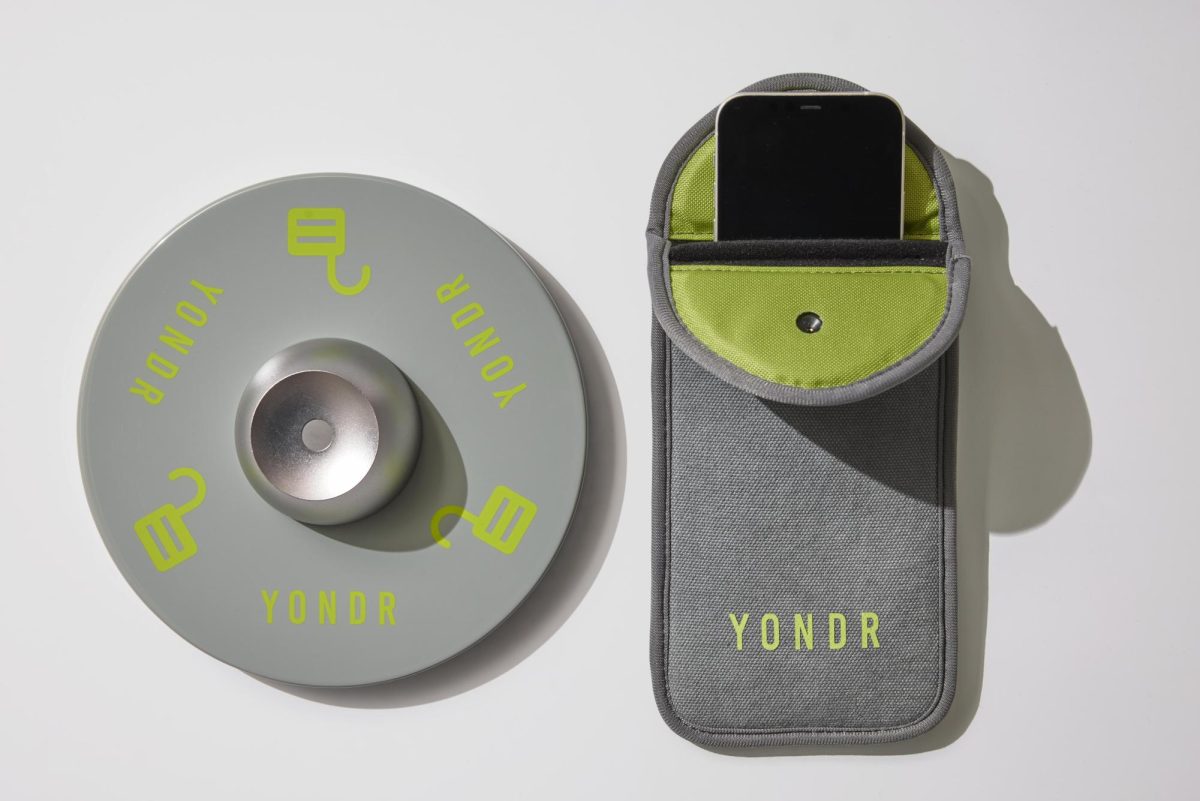

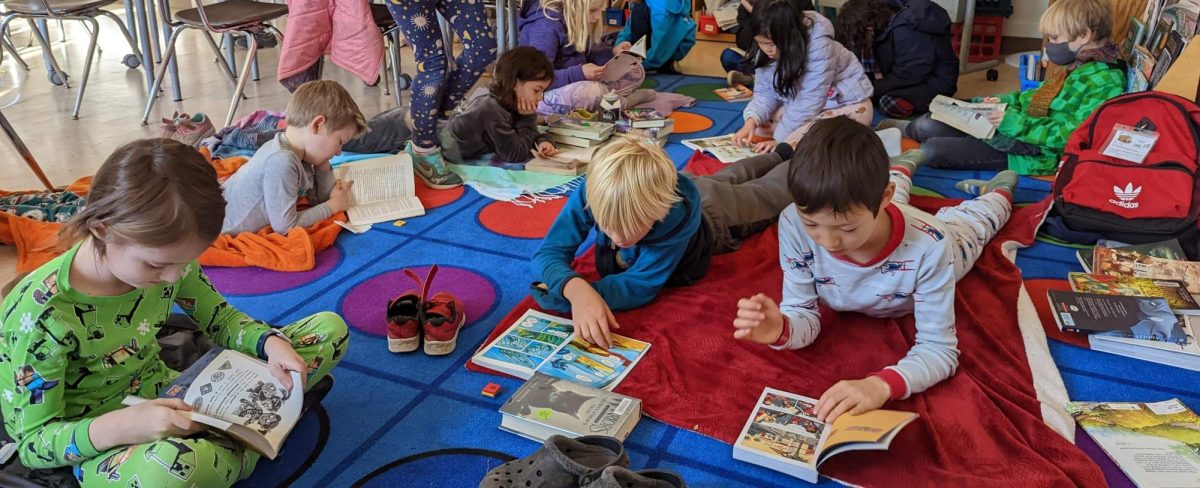



![Artita-Guerrero knows that she will always remember her mom, but as she grows older her memories become less pronounced. “It’s the smaller things I wish I could remember but can’t,” she says.“So many other thing have happened in my life that I’m kinda like covering...[her death].”](https://grantmagazine.com/wp-content/uploads/2017/02/DSC_5574-copy-copy.jpg)
